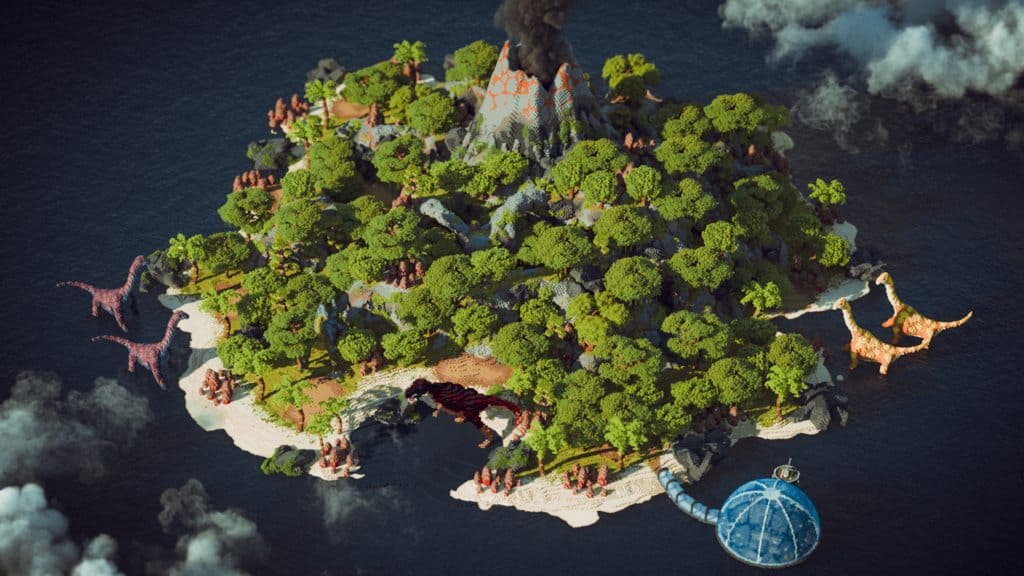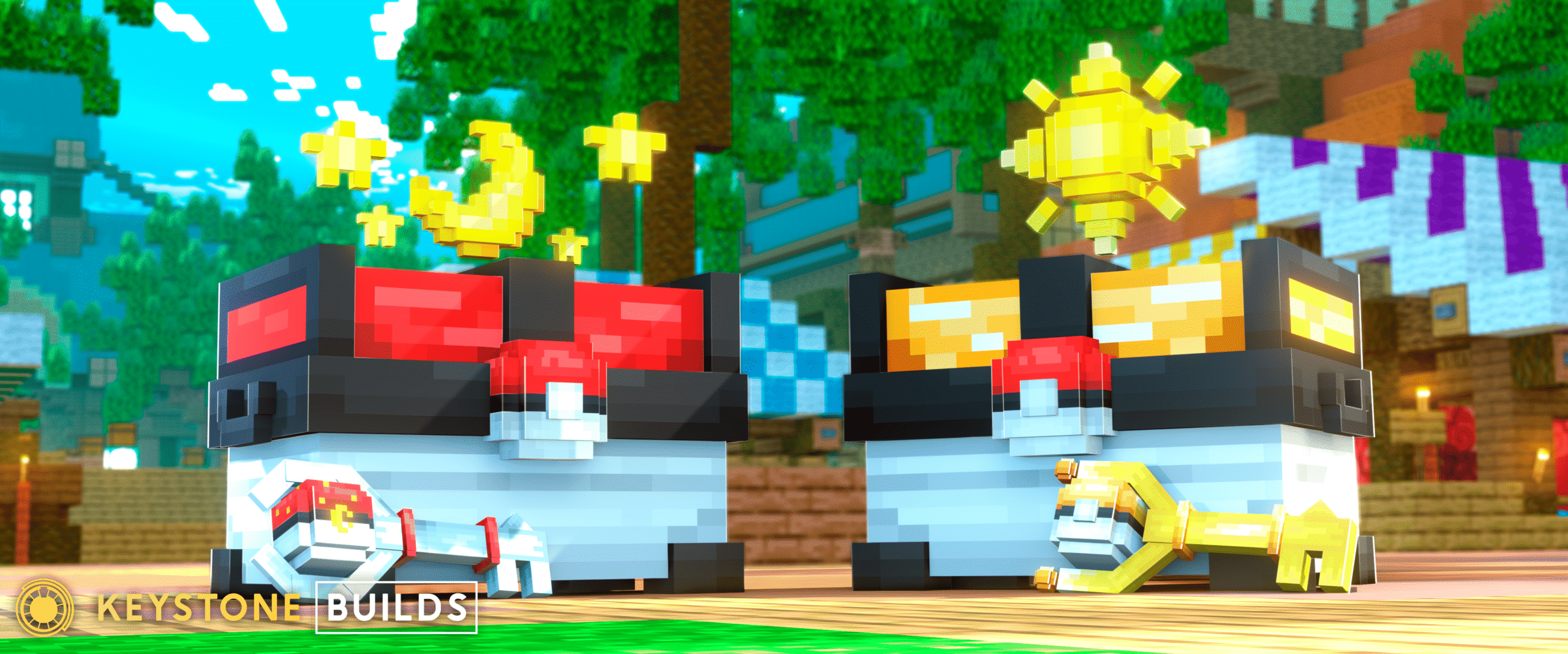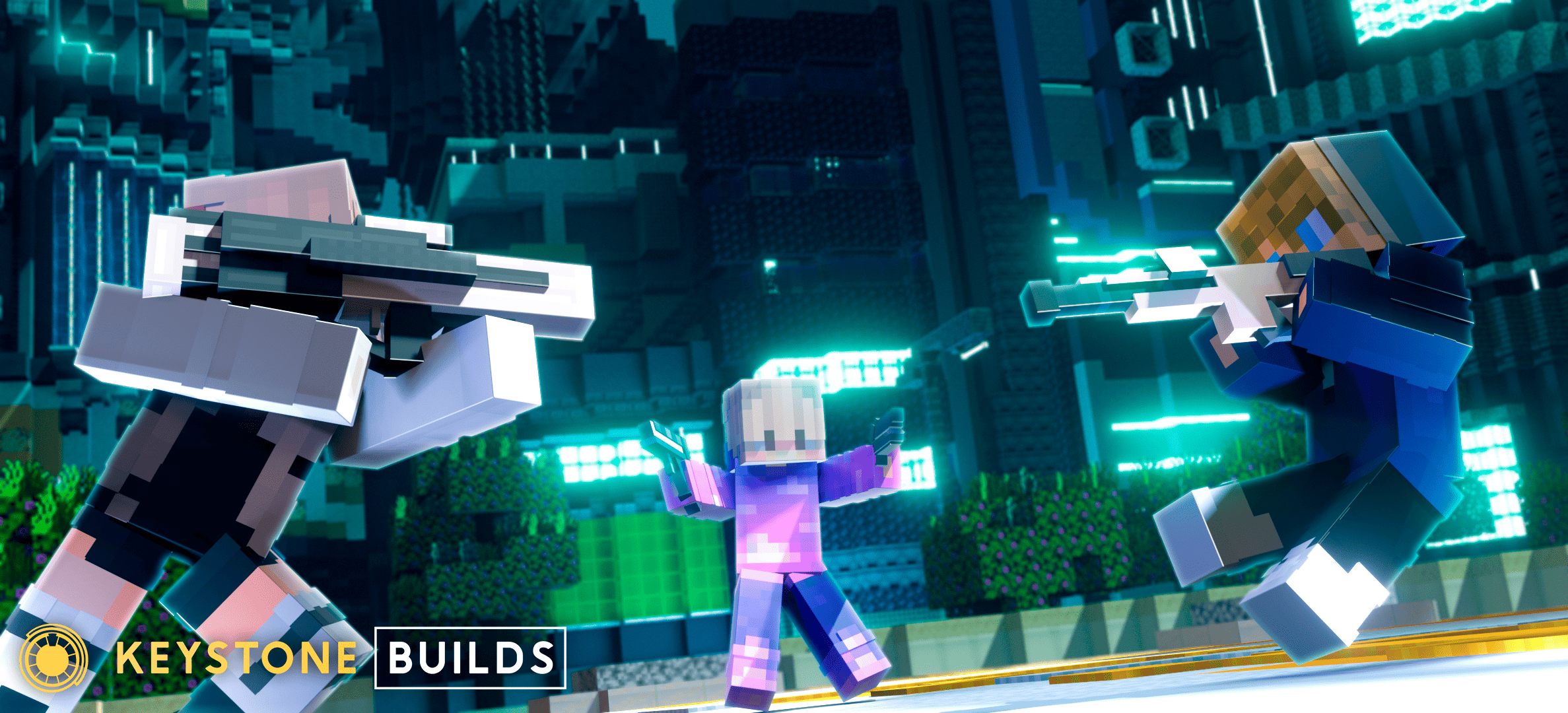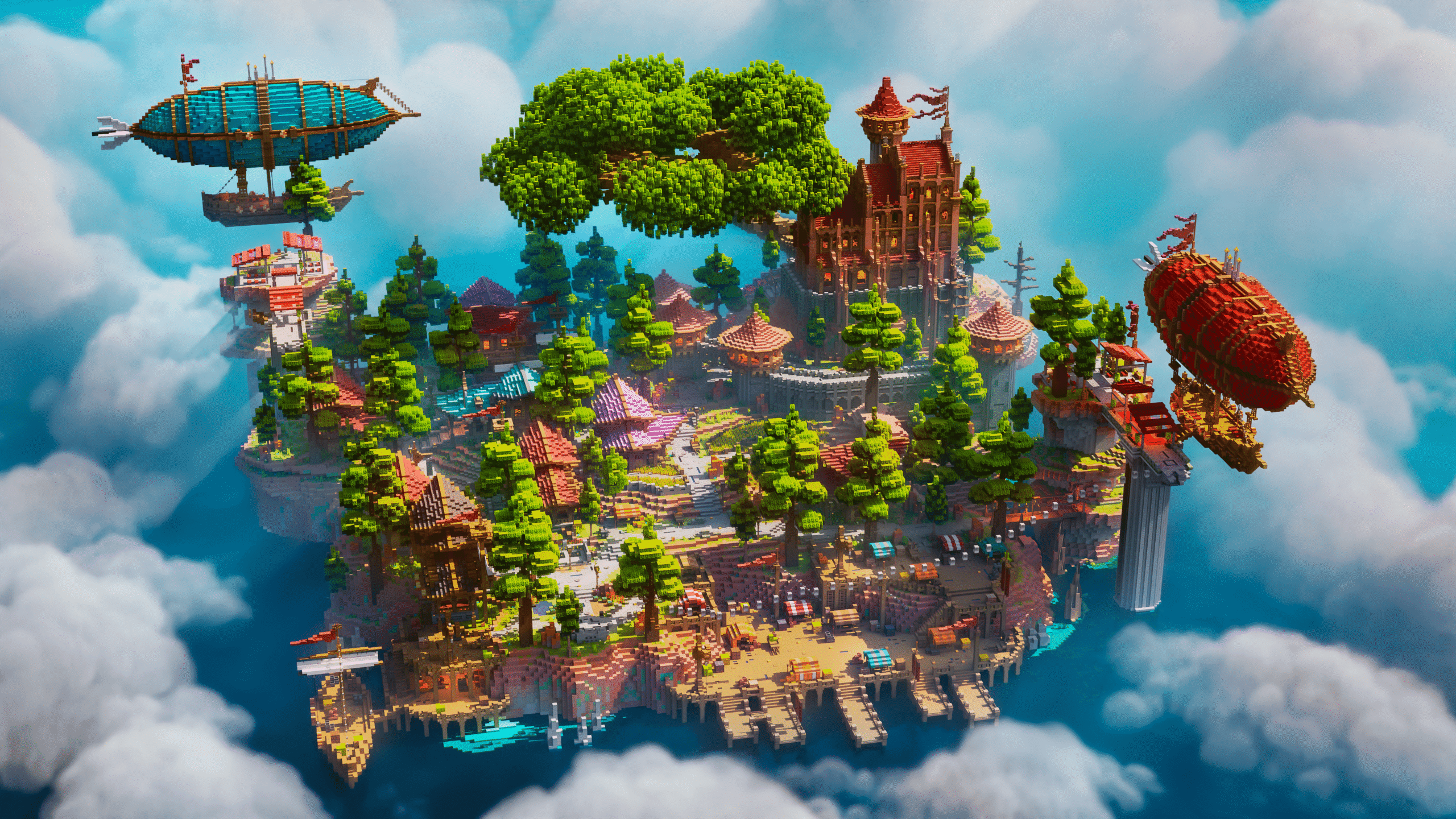Minecraft has always been a game about building—about shaping the world block by block, turning imagination into something players can explore. But over the years, Minecraft builds have transformed dramatically. What began as casual, do-it-yourself creations in single-player worlds has grown into a thriving ecosystem of professional maps, custom models, and commercial-grade content.
Today’s Minecraft builds can look more like interactive art installations or game-level design than digital LEGO projects. And behind the scenes, there’s been a massive shift: in tools, talent, expectations, and audience.
In this article, we’ll walk through how Minecraft builds have evolved—from simple survival bases to cinematic adventure maps—and what that means for players, creators, and server owners in 2025.
The Early Days: Survival Creativity and DIY Builds
In Minecraft’s early years (2009–2013), builds were purely about experimentation. There were no creative mode tools, no schematic systems, and certainly no professional builders.
What defined this era:
- Builds were mostly done in Survival mode
- Projects were personal: castles, farms, pixel art, simple towns
- Sharing happened through screenshots on forums or YouTube
- Tools were limited—no WorldEdit, no external editors, no shaders
The emphasis was on discovery. Players built to explore their creativity or to show off to friends. The idea of making a living from Minecraft building was still unheard of.
The Creative Boom: Tools Change the Game
As Minecraft matured and Creative Mode gained traction, the tools began to evolve. WorldEdit, MCEdit, and schematic files gave builders powerful new ways to speed up their workflow.
Key developments (2013–2016):
- WorldEdit and VoxelSniper became essential tools
- Creative Mode servers emerged, such as PlotMe and creative plots
- Planet Minecraft and PMC contests fostered community competition
- YouTube building channels gained popularity (tutorials, timelapses)
- Early build teams began forming to serve server clients
This was when building in Minecraft started to become a skillset—something that could be developed, specialized, and appreciated as digital artistry.
The Rise of Build Teams and Commissions
As multiplayer servers became more advanced, they began outsourcing key parts of their world creation to talented builders. This gave rise to a new category: the Minecraft build team.
What changed:
- Server owners started commissioning builds for spawns, hubs, and arenas
- Dedicated teams formed around specific build styles or skill sets
- Builders began charging for their work—sometimes modestly, sometimes professionally
- New marketplaces and platforms emerged for selling pre-built maps
- Events like Minecon featured showcase maps and competition builds
This era marked the shift from hobby to profession. Building wasn’t just a passion project—it was a service, a deliverable, and eventually, a business model.
The Age of Cinematic Builds and High Production Value
Between 2016 and 2020, Minecraft builds entered a new phase: cinematic quality and production value became the expectation, especially for public-facing projects.
Features that became standard:
- Custom terrain generation using WorldMachine or WorldPainter
- High-detail theming, like medieval cities, steampunk airships, or post-apocalyptic wastelands
- Integration of command blocks and custom textures for enhanced gameplay
- Builds designed specifically for trailers, events, and monetized servers
- Mapmaking studios released free and paid adventure maps with lore, NPCs, and voice acting
This period saw the rise of “build branding”—the idea that how your spawn or map looks directly reflects your server’s identity. First impressions mattered more than ever, and a detailed build became a marketing tool, not just a gameplay element.
Professional Build Studios and Marketplace Integration
From 2020 onward, the Minecraft building space continued to professionalize. Teams transitioned from informal commissions to fully registered studios, offering assets, models, and maps across both Java and Bedrock platforms.
Major shifts in this phase:
- Minecraft Marketplace (Bedrock Edition) opened to verified creators
- Teams began producing maps, skins, textures, and mini-games for sale
- Pre-built map shops became common for server owners on a budget
- Custom 3D models (via Blockbench and OptiFine) added cinematic detail
- Professional pricing and delivery workflows (contracts, milestones, portfolios)
Players who once built for fun were now running businesses, collaborating with educators, developers, and major content creators. Servers began launching with full branding kits: lobby maps, animated trailers, and professionally written lore.
Today’s Standard: Polished, Optimized, and Purpose-Driven
In 2025, the expectation for Minecraft builds—especially on public servers—is clarity, cohesion, and performance.
Characteristics of modern pro-level builds:
- Optimized for gameplay: clean pathing, clear signage, performance-friendly design
- Integrated with plugins or mechanics: builds support server economy, quests, or PvP systems
- Responsive to player behavior: designed for flow, engagement, and accessibility
- Modular and expandable: allowing servers to grow or rotate content seasonally
- Visual branding consistency: matches server themes, roles, and lore
It’s no longer just about being beautiful. Professional builds are functional assets that support retention, monetization, and server identity.
DIY Builds Still Have Value—But Expectations Are Higher
While professional maps dominate major servers and content platforms, there’s still a place for DIY builds—especially in community-driven or small-team environments.
However, players today are used to polish. If you’re building your own maps:
- Keep spawn areas tight and focused to avoid empty space
- Use tools like WorldEdit to speed up structure placement
- Look at free map databases for inspiration and benchmarking
- Use consistency in style, scale, and lighting
- Design with gameplay purpose, not just aesthetics
Players will forgive a smaller map or less detail—but they won’t forgive confusion, lag, or unclear navigation.
What This Evolution Means for Server Owners
For modern server owners, the evolution of builds affects everything from onboarding to marketing.
Key takeaways:
- Your spawn and hub areas are your first impression—they should reflect your quality
- Investing in a professional build (or partnering with a build team) can significantly improve player retention
- Even smaller servers should aim for visual clarity, theming, and basic optimization
- Many studios offer affordable pre-built maps if custom work is out of budget
- If you do build in-house, follow modern standards: test for flow, reduce clutter, and design for performance
Whether you’re building solo or hiring professionals, Minecraft builds are no longer just decoration—they’re part of your server’s strategy.
Final Thoughts
The evolution of Minecraft builds mirrors the evolution of Minecraft itself—from creative sandbox to global platform. What started as personal projects in Survival mode has become an industry filled with designers, artists, developers, and storytellers.
Today, Minecraft builds are more than blocks—they’re worlds with purpose. They’re onboarding tools, brand statements, gameplay systems, and artistic expressions.
And whether you’re a player, server owner, or aspiring builder, understanding how we got here—and what standards now exist—will help you build smarter, not just bigger.
Minecraft may still be made of blocks, but its creative potential is now layered with depth, professionalism, and purpose.










